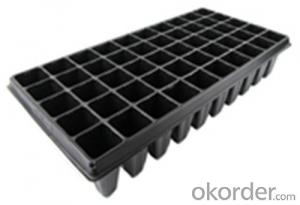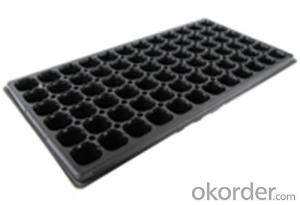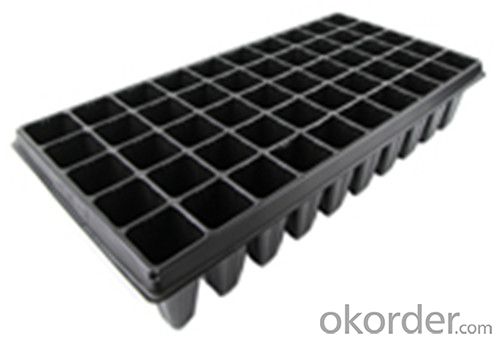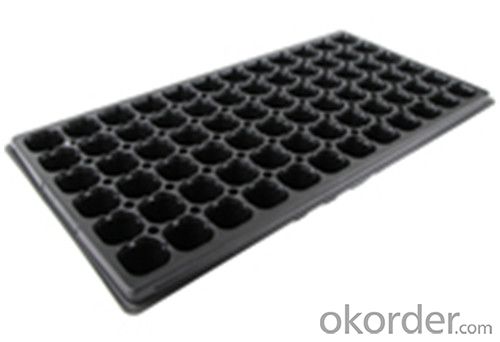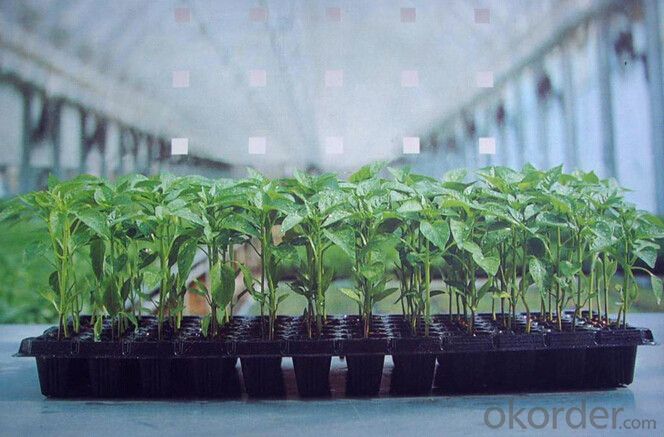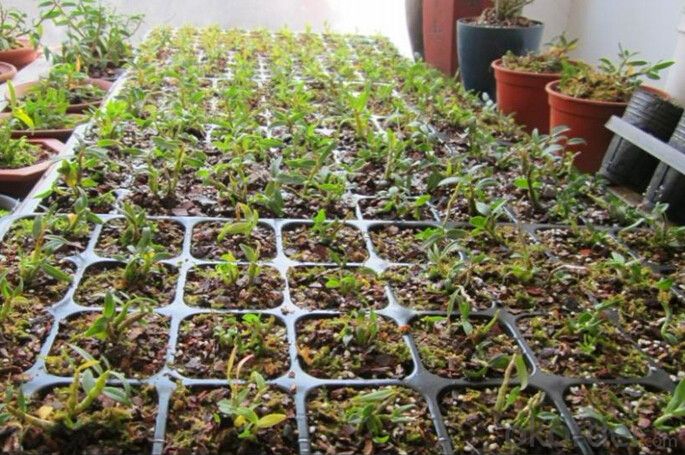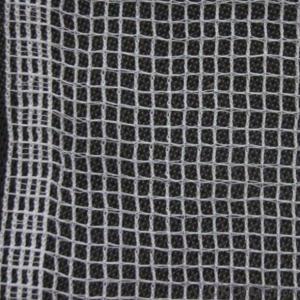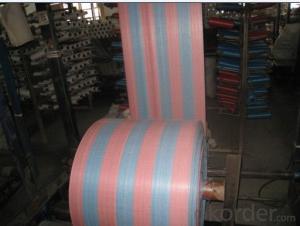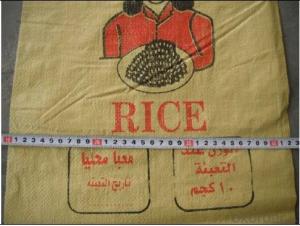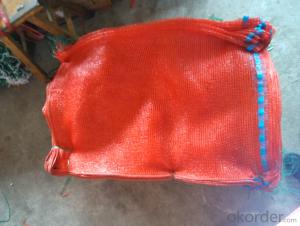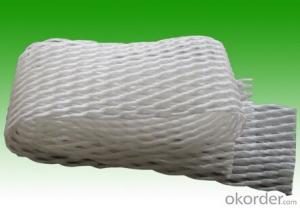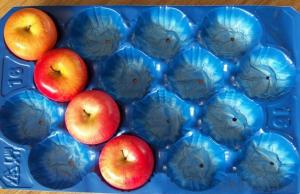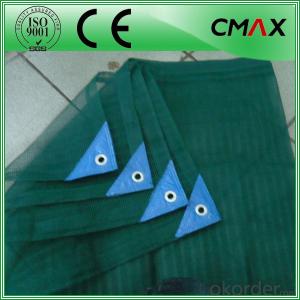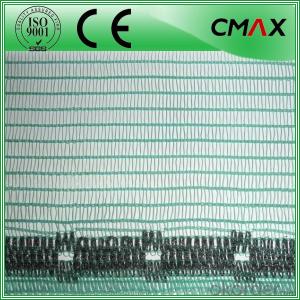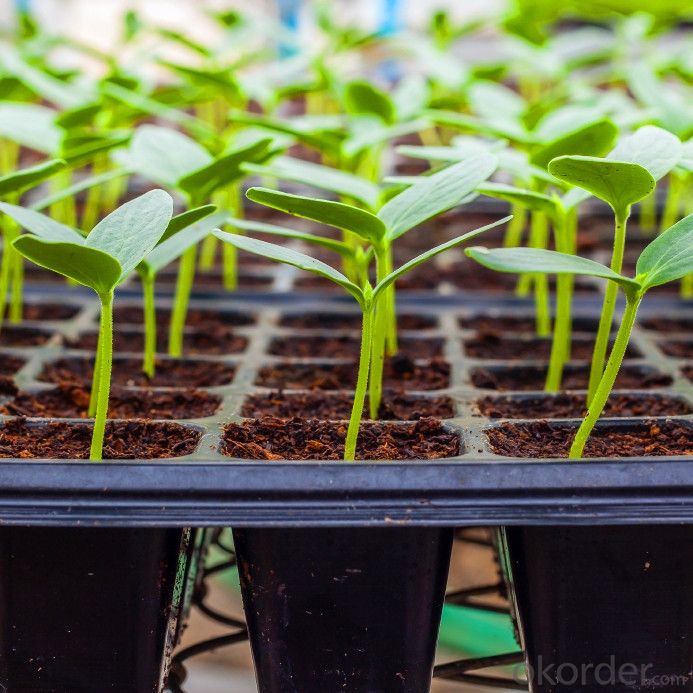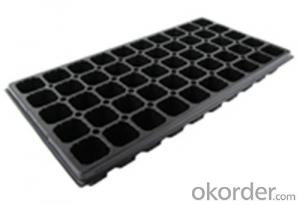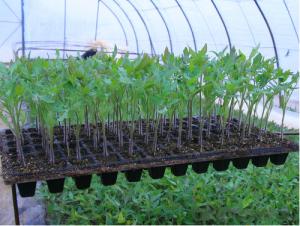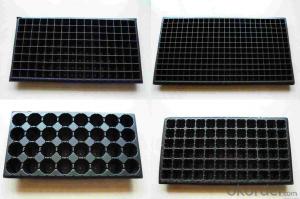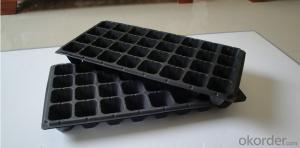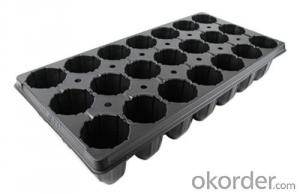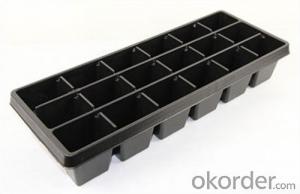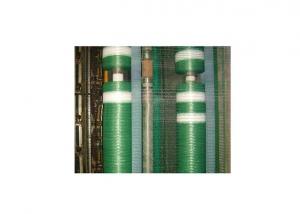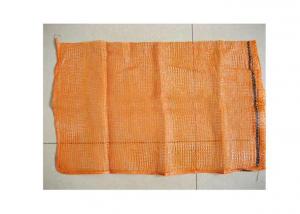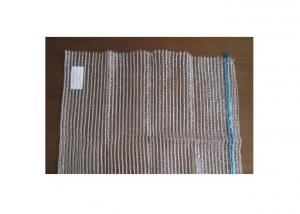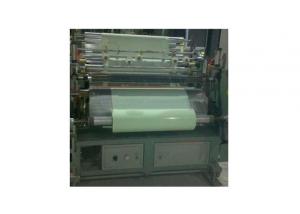Planting Plastic Seeding Tray for Greenhouse PVC HIPS Seed Tray
- Loading Port:
- China main port
- Payment Terms:
- TT OR LC
- Min Order Qty:
- 1000 pc
- Supply Capability:
- 10000000 pc/month
OKorder Service Pledge
OKorder Financial Service
You Might Also Like
Structure of the seed tray: · Top quality and competitive price. · Variety design and good appearance. · Easy to use, and remove. · Durable and reusable. · Eco-Friendly.
Advantages: · Top quality and competitive price. · Variety design and good appearance. · Easy to use, and remove. · Durable and reusable. · Eco-Friendly.
Application: · Ideal for Starting seeds and Transplanting Seedling. · Suitable for both manual and automatic planting. · Suitable for Propagating Vegetables, Flowers and other plant from seed · in green-house or indoors.
Description Main Features of the seed tray: · Ideal for Starting seeds and Transplanting Seedling. · Suitable for both manual and automatic planting. · Suitable for Propagating Vegetables, Flowers and other plant from seed in green-house or indoors. Using time: · thickness of 0.5mm can be used 1 to 2 times. · thickness of 0.6mm can be used 3 to 4 times. · thickness of 0.7mm can be used 5 to 6 times. · thickness of 0.8mm can be used 7 to 8 times. · thickness of 0.9mm can be used 8 to 9 times. · thickness of 1.0mm can be used 8 to 10 times. Thickness vs. Weight: · Thickness of trays are from 0.5mm to 1.0mm. · 1.0mm: 155g±5g; 100pcs/ctn. · 0.9mm: 140g±5g; 120pcs/ctn. · 0.7mm: 110g±5g; 150pcs/ctn. · 0.6mm: 95g±5g; 180pcs/ctn. · 0.5mm: 80g±5g; 200pcs/ctn.
Seed Tray Specification: Materialps/pvcThickness0.5mm-1.5mm, standard:1mmWeight80g(±5)g-230g(±5)g, Standard weight:155g(±5)gSizelength:490mm-540mm, width:190mm-345mm,depth:25mm-150mm Standard:54mmX28mmCell count18-512Packagein cartonUsing time8-10 times
FAQ: Q:How Can I Get A Sample? A:You can get samples by communicate with our export sales. Q:How Long Is Delivery? A:Delivery time will be 7-25 days according to order quantity. Q:What Is The MOQ? A:Our MOQ is 1*20FT container quantity, allow to mix several items. Q:What Is Our Normal Payments Terms? A:Our normal payment terms now is T/T, L/C or Western Union,Papal. Q:How Do I Order Your Products? A:You can check our website for any items you interest and you can also get communication with our export sales and order for it accordingly. Q:What Kinds Of Material We Use In Our Product? A:Our plastic flower pots use material such as PP polymer or PE polymer.
|
- Q: What are the potential health hazards linked to the use of plastic films in farming?
- <p>Yes, there are several health risks associated with the use of agricultural plastic films. These include the potential for chemical contamination of soil and water due to the release of harmful substances from decomposing plastics. Additionally, the microplastics that result from the breakdown of these films can be ingested by humans and animals, potentially leading to various health issues. There's also a concern about the exposure to chemicals used in the production of these films, which can be harmful if they leach into the environment. Furthermore, improper disposal and accumulation of plastic waste can lead to environmental pollution, which indirectly affects human health.</p>
- Q: What are some ground cover options for regions with rocky or uneven terrain?
- Some ground cover options for regions with rocky or uneven terrain include creeping thyme, sedum, moss, and vinca minor. These plants are low-maintenance, durable, and can adapt well to challenging terrain conditions.
- Q: Explain how farmers utilize agricultural plastic to enhance soil fertility.
- <p>Farmers use agricultural plastic to improve soil fertility in several ways. Plastic mulches can increase soil temperature, which promotes faster plant growth and germination. They also reduce soil erosion by minimizing water runoff and wind, thereby conserving soil moisture. Mulches can suppress weed growth, reducing competition for nutrients and water. Additionally, plastic films can help in the decomposition of organic matter, releasing nutrients back into the soil. In some cases, plastic is used in drip irrigation systems to deliver water and nutrients directly to plant roots, increasing efficiency and reducing water waste, which also contributes to soil health.</p>
- Q: What are some ground cover options for compacted soil?
- Some ground cover options for compacted soil include creeping thyme, creeping phlox, sweet woodruff, and sedum.
- Q: How do agricultural plastic products help with pest control?
- Agricultural plastic products can help with pest control in several ways. Firstly, plastic mulch films can create a physical barrier between the soil and pests, preventing them from accessing the plants. Additionally, these films can also help control weed growth, which indirectly reduces pest populations by eliminating their habitat and food sources. Moreover, plastic covers and netting can be used to protect crops from insects and birds, preventing them from causing damage. Overall, agricultural plastic products provide effective and environmentally friendly solutions to enhance pest control measures in farming.
- Q: Are nursery trays suitable for starting aquatic mosses?
- Yes, nursery trays can be suitable for starting aquatic mosses. They provide a controlled environment for the mosses to establish and grow, and can help with maintaining moisture levels. However, it is important to ensure that the trays are suitable for aquatic use and can hold water without leaking. Additionally, proper lighting and water parameters need to be provided for the successful growth of aquatic mosses in nursery trays.
- Q: How do you transplant ground cover plants?
- To transplant ground cover plants, start by selecting a new location with similar soil conditions and adequate sunlight. Dig a hole slightly larger than the plant's root ball and gently remove the plant from its current spot, taking care not to damage the roots. Place the plant in the hole, ensuring it sits at the same level as before. Fill the hole with soil, patting it down gently to eliminate air pockets. Finally, water the transplanted ground cover thoroughly and regularly until it establishes in its new spot.
- Q: This question asks about the advantages of using biodegradable plastics in agriculture.
- <p>Biodegradable agricultural plastics offer several benefits. They help reduce plastic pollution by breaking down naturally in the soil, thus minimizing environmental impact. These plastics can improve soil structure and fertility by releasing nutrients as they decompose. They also reduce the need for manual labor in removing traditional plastics, lowering costs and increasing efficiency. Additionally, biodegradable plastics can enhance crop yield and quality by maintaining soil moisture and providing a barrier against pests. However, it's important to ensure that these plastics truly biodegrade and do not contribute to microplastic pollution.</p>
- Q: For a science class, we're asked to make a project regarding plastics. We're supposed to be able to make a plastic using a specific procedure. Are there any specific parameters that dictate whether or not a plastic is of good/high quality? How can you say that the plastic we made was good or not?If there are any parameters or guidelines, how will we be able to measure them? Are there any specific criteria that the plastic should meet? (we were thinking along the lines of water resistance, flexibility, and texture)Thanks in advance. =]
- For this project, it sounds like you need to think in terms of materials engineering as much as materials science. Your best answer depends largely upon the desired properties of your product. What may be a great material in one application may be horrible in another. After that, in many cases the stability of the material properties can be a major concern. With some plastics in some applications, what first may appear to have the best properties may be a poor choice, because the properties may not be sufficiently retained over time (rapid loss of plasticizers, etc.). And sometimes you have to think outside the box. I know of a specific application where PTFE is used because of its relative chemical inertness at ambient conditions, but yet it provides gaseous fluoride ions during a thermal processing operation. In this case, PTFE is used in lieu of an alternative process involving HF gas.
- Q: Can nursery trays be used for starting cuttings?
- Yes, nursery trays can be used for starting cuttings. Nursery trays provide a suitable environment for the initial growth of cuttings, allowing them to develop roots before transplanting. The trays are designed with adequate drainage and space for multiple cuttings, making them a convenient option for propagating plants.
Send your message to us
Planting Plastic Seeding Tray for Greenhouse PVC HIPS Seed Tray
- Loading Port:
- China main port
- Payment Terms:
- TT OR LC
- Min Order Qty:
- 1000 pc
- Supply Capability:
- 10000000 pc/month
OKorder Service Pledge
OKorder Financial Service
Similar products
Hot products
Hot Searches
Related keywords
